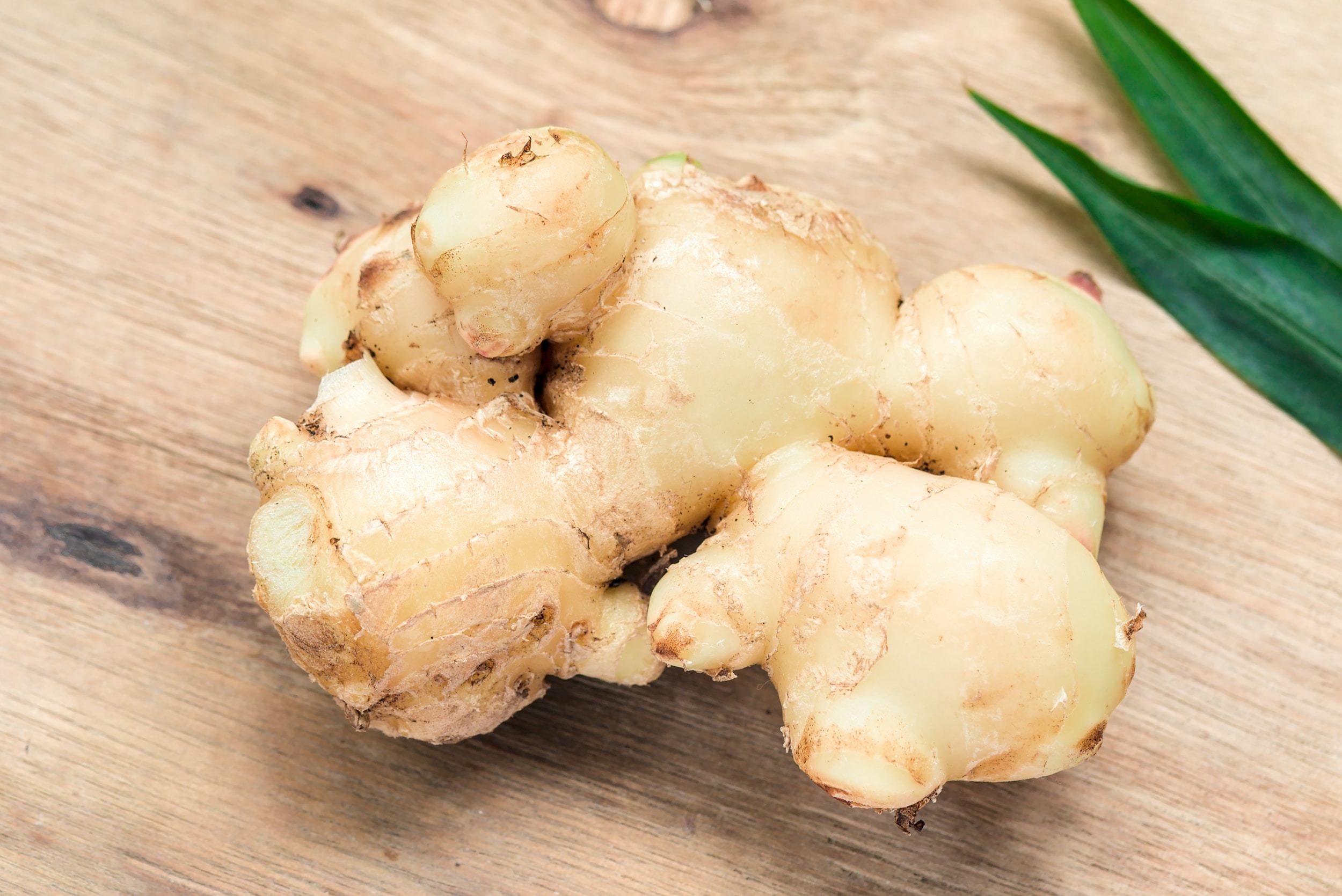GLOBAL FRESH GINGER TRADE
15Jan
According to the United Nations Comtrade database, which tracks international trade in goods, the total global export value of fresh ginger was approximately $1.2 billion in 2020. The top exporters of fresh ginger in that year were:
- China - $856 million
- Thailand - $98 million
- Peru - $72 million
- India - $63 million
- Netherlands - $18 million
These five countries accounted for around 91% of the total global export value of fresh ginger in 2020.It's worth noting that trade data can fluctuate from year to year and is influenced by a range of factors, including supply and demand, production levels, weather conditions, and trade policies.

- The global export volume of fresh ginger was around 520,000 metric tons in 2020, with China being the largest exporter, accounting for around 55% of the total volume.
- The top importing countries of fresh ginger in 2020 were the United States, the United Arab Emirates, and the Netherlands, which together accounted for more than 30% of the total import value.
- The price of fresh ginger can vary significantly depending on the origin, quality, and seasonality. According to the Food and Agriculture Organization of the United Nations (FAO), the average international price of fresh ginger was around $2.28 per kilogram in 2020, but it can reach up to $5 or more per kilogram during the off-season.
- The demand for fresh ginger has been increasing in recent years, driven by its health benefits and culinary uses. Ginger is rich in antioxidants and anti-inflammatory compounds and is widely used in traditional medicine and cooking around the world.
- The COVID-19 pandemic has also had an impact on the global trade of fresh ginger, with some countries experiencing disruptions in supply chains and changes in consumer demand patterns. However, the overall trade volume and value of fresh ginger have remained relatively stable.

- Fresh ginger is commonly traded in its raw, unprocessed form, but it can also be processed into various products such as pickled ginger, ginger oil, and ginger powder. These value-added products can fetch higher prices in the market and offer additional opportunities for trade.
- In addition to its use in culinary and medicinal applications, fresh ginger is also used in the production of alcoholic beverages such as ginger beer, ginger ale, and ginger wine. This has contributed to the growing demand for ginger in the global beverage industry.
- The global trade of fresh ginger is subject to various regulations and standards related to quality, safety, and sustainability. For example, many importing countries require certification of phytosanitary and food safety standards to ensure that the ginger does not carry any pests or diseases that could harm local agriculture or human health.
- Climate change is a growing concern for the production and trade of fresh ginger, as ginger is a tropical crop that requires specific growing conditions, such as high humidity and well-drained soil. Changes in temperature and precipitation patterns could affect the yield and quality of ginger crops, potentially leading to price fluctuations and supply shortages.
- Finally, the global trade of fresh ginger is also influenced by geopolitical factors such as trade agreements, tariffs, and sanctions. These policies can have significant impacts on the competitiveness and profitability of ginger producers and traders in different parts of the world.
Comments